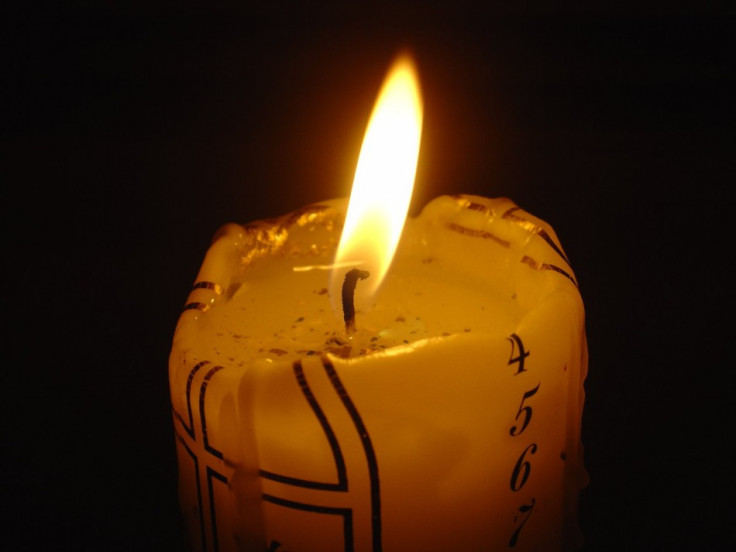Diamond Particles Found in Candlelight

Researchers from the University of St. Andrews have found that about 1.5 million tiny diamond nanoparticles are created in a candle flame every second it burns.
A study led by Professor Wuzong Zhou, which was published in the Chemical Communications journal, also says there is evidence diamonds was also discovered in tests on natural gas and wood flames.
Zhou said if scientists find a technique that will enable them to extract the particles, it could lead to new methods of manufacturing diamonds at a lower price.
Previous research had shown that hydrocarbon molecules at the bottom of candle flames are converted into carbon dioxide by the time they reach the top, but it was not known exactly what happens in between.
In order to remove the particle from the centre of the flame, Zhou used a new sampling technique which enabled him to discover that it contained all four known forms of carbon, including diamond.
"Unfortunately the diamond particles are burned away in the process, and converted into carbon dioxide, but this will change the way we view a candle flame forever," Zhou said.
"My research shows that it is possible to see diamonds in flame, but this also gives us a chance to think about whether diamonds can be formed in a different way," he added.
The first candle is said to have been invented in China more than 2,000 years ago.
© Copyright IBTimes 2024. All rights reserved.





